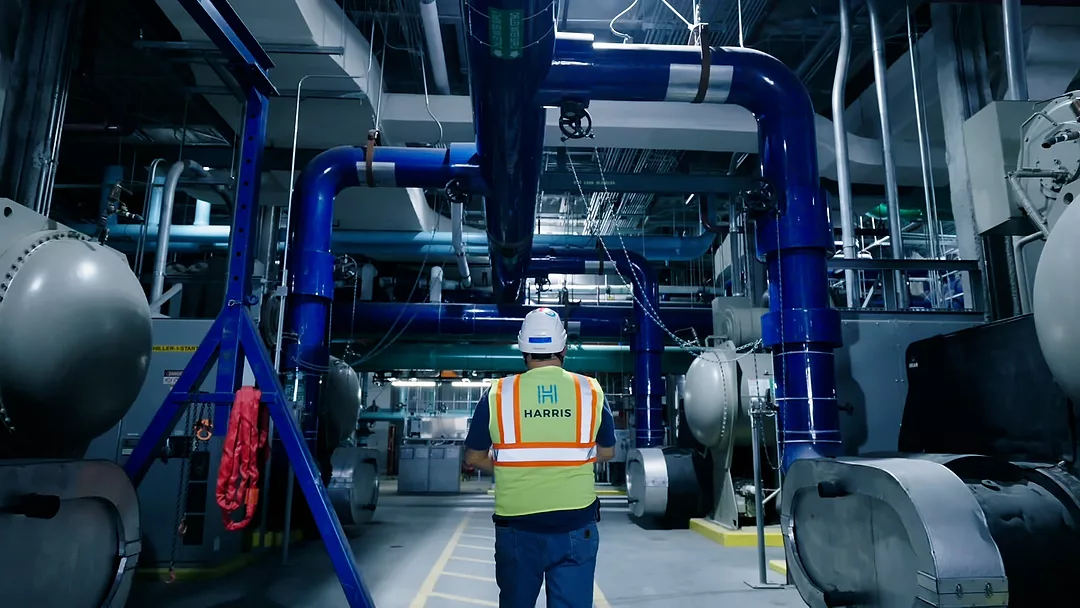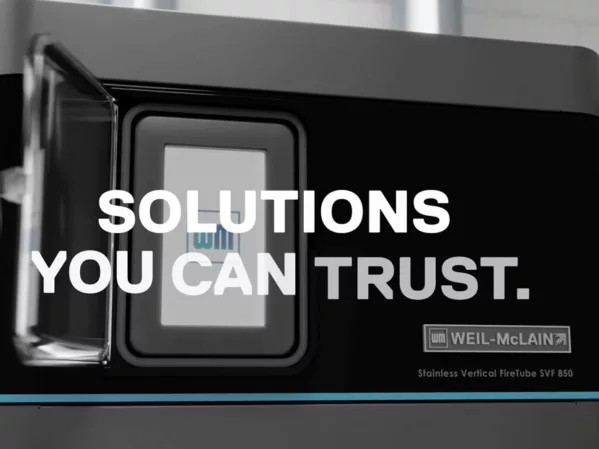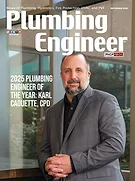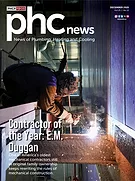“Don’t run your mechanical equipment.” Huh? Joking aside, if you do not need to heat or cool a space, then you are consuming only the minimal energy needed to provide ventilation and other miscellaneous systems.
Considering this idea of keeping the boilers and chillers switched off, or running efficiently and minimally, for as long as possible, the following tips and examples describe ways to keep comfort needs in a better balance with energy consumption.
For starters, suggest that your building management customers get a free building energy audit. Not all HVAC contractors are able to do an audit. But for the ones that are, they often can do this at no charge since they also want to do the HVAC maintenance and be the vendor to perform repairs.
An energy audit should identify issues such as the following:
- When the lights are switched on.
- The levels of indoor air quality.
- Temperature trends in the spaces when they are not being occupied.
- Correct calibration of controls and equipment.
From this audit, an HVAC service provider can identify how to better run the building’s systems and increase that score. Ongoing trending of these systems and increasingly using IoT technologies such as Telemetry provide further insight. Both allow for the ongoing tracking of optimization and improved savings after modifications have been completed. This is also known as constant commissioning.
Free Cooling
Using free cooling as much as possible is another way to boost your score. Each climate in the country has what we call a shoulder season. This is when we go through spring and fall. At these times of the year, mechanical equipment does not need to run all compressors to cool or need to burn as much fuel or electricity to heat. Verify with clients that economizers are operating and calibrated correctly, and that a temperature controls system is activating it when the outside temp is below 60 degrees.
During cooling seasons, morning warmup cycles for commercial buildings are not needed if the nighttime setback is kept above 64 degrees. Minimal heating in the space using VAV heat along with human activity, office equipment, and lighting plus solar gain can heat the building up to 68 degrees. Give time, the space will get to temp, then it can be maintained by the HVAC equipment.
Also, buildings can be kept on cruise control. Just like in a vehicle, we use less fuel on the freeway if we maintain our speed. If we are driving in a way that has the car surging or going up and down in speed to maintain 70 miles per hour, we lose efficiency. If you have a properly calibrated and working economizer and the heating portion of your HVAC can properly stage its heat on, then you will be the most energy efficient. By allowing controls system to work (not putting things in hand or hold, etc.) it can vary the stages of heating and cooling in a way that uses the least amount of energy.
Dead Band
Having an increased dead band in your controls helps to keep your equipment on cruise control. Consider changing the set points from 68 degrees heat and 72 degrees cool to 66 degrees heat and 73 degrees cool. This allows a longer run time in low stage heat or cool and gives the building a chance to come up to temp on its own. Short cycling any system leads to high energy cost and premature failure of equipment.
Be sure the correct equipment is in place to match the climate zone. Often building management customers may not have had a proper consulting about equipment selection. With the mechanical construction culture of low bidder wins and the plan spec model, customers and contractors have been trained to provide the lowest first-cost solution without considering lifetime energy cost of the design and equipment.
After you have done an evaluation of the current mechanical equipment and determined what may need to be replaced, also provide your customer with an energy payback estimate on the new equipment you are proposing. Your customers will want to know more about higher energy efficiency.
Dan Martin is the director of operations for Harris’ Service + Building Automation division in St. Paul, Minn. With 18 years in the industry, 14 of that in the field, and an MBA candidate, Martin oversees all aspects of the service and building automation operations in the region, which includes HVAC, plumbing, chillers/central plant, as well as building automation construction/service, field operations and all projects.




